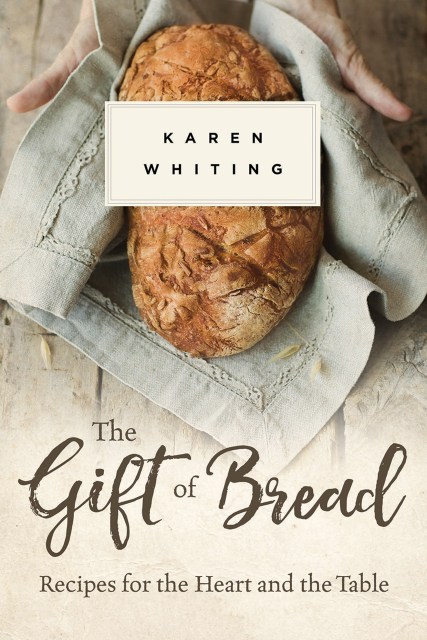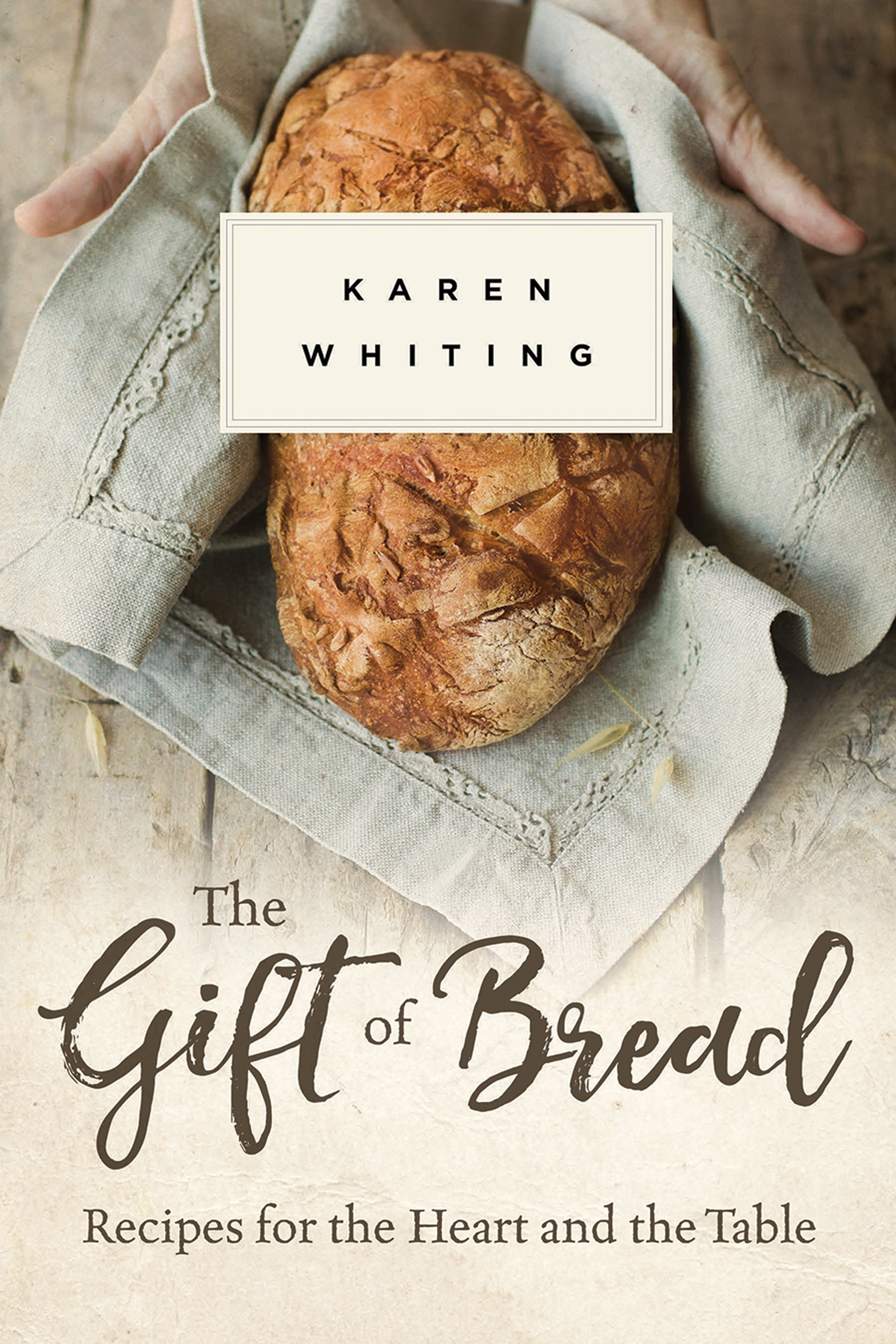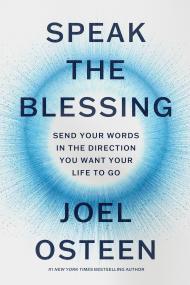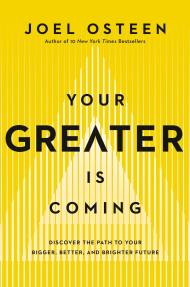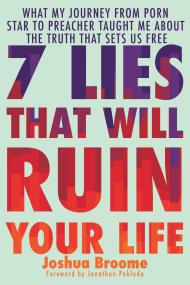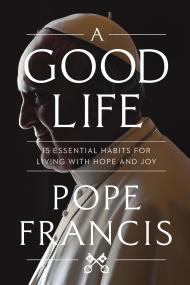Promotion
Use code MOM24 for 20% off site wide + free shipping over $45
The Gift of Bread
Recipes for the Heart and Table
Contributors
Formats and Prices
Price
$1.99Price
$9.99 CADFormat
Format:
- ebook $1.99 $9.99 CAD
- Trade Paperback $21.99 $28.99 CAD
This item is a preorder. Your payment method will be charged immediately, and the product is expected to ship on or around July 25, 2017. This date is subject to change due to shipping delays beyond our control.
Also available from:
Thirty-one chapters, each featuring detailed and easy to follow recipes for breads of every kind, celebrate the many ways we come together around the table. Whether you are a baker who enjoys thoughtful, inspirational writing or a reader who loves a good cookbook, you will find heartfelt stories and inspirations throughout this book. Expert tips, how-tos, and pointers will turn even a novice into a successful baker, and the writing will encourage readers to reach out and share their bounty with others, while thanking God for their daily bread.
Genre:
- On Sale
- Jul 25, 2017
- Page Count
- 208 pages
- Publisher
- Worthy Inspired
- ISBN-13
- 9781683971221
Newsletter Signup
By clicking ‘Sign Up,’ I acknowledge that I have read and agree to Hachette Book Group’s Privacy Policy and Terms of Use
